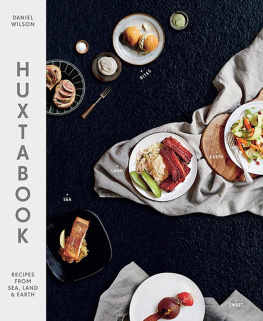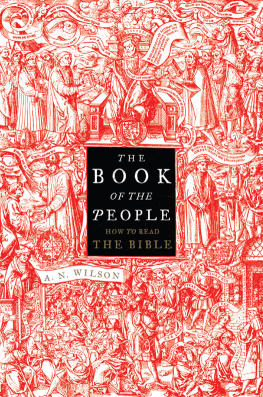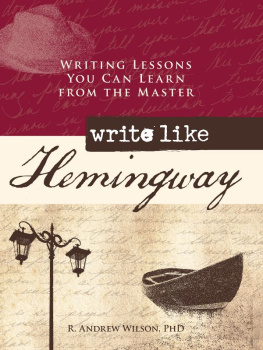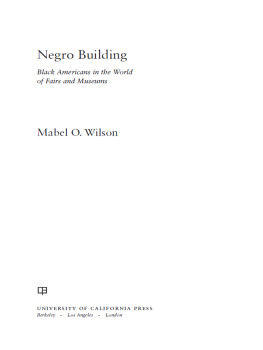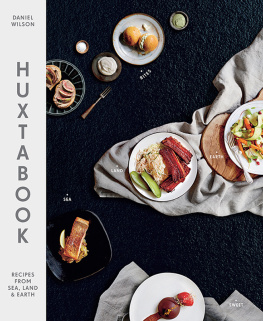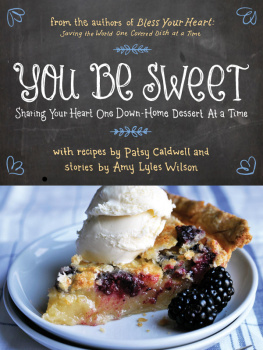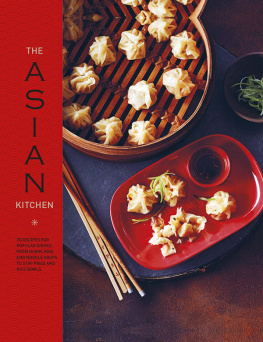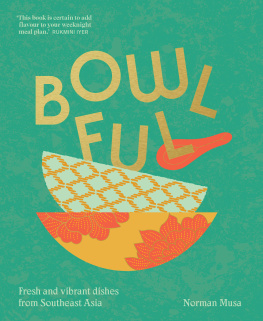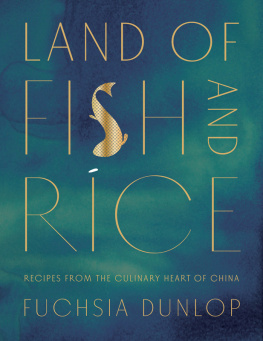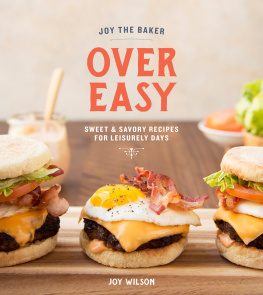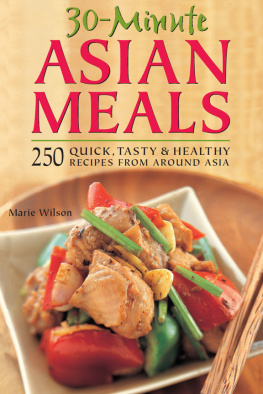MAP OF CONTENTS
INTRODUCTION
From a young age I loved eating. I guess the natural progression from there was to learn to cook delicious food. I was always amazed how raw ingredients could combine to become such delicious meals. My favourite part of Saturday morning kids shows was always the cooking segments, I even wrote in a few times to get the recipes, including one for French toast that I still use!
My approach to cooking is to use the best possible ingredients to produce great yet uncomplicated food. This is where Huxtable comes in. I met Dante and Jeff, my business partners, upon moving to Melbourne in 1998. We became good friends they were bartenders, and I was a thirsty chef on the other side of the bar; I was full of energy, wanting to learn everything. We kept in touch over the years as we each worked in various restaurants around Melbourne and overseas.
In early 2010 the idea for Huxtable was born. We came together with the idea to start a restaurant that was comfortable, with delicious but simple food, an excellent wine list and attentive yet relaxed service. We did as much work as we could to help the builders, even painting and digging trenches.
Huxtable has given me the opportunity to truly express my own style of cooking. The response has been absolutely fantastic, and we have such a great following from both locals and diners from afar.
The recipes that follow are mostly designed for sharing, as I feel this is the best way to eat. Food is to be shared, and enjoyed with loved ones. I believe there is no better way to connect with family and friends than over a great meal with delicious wine.
I hope you can try these recipes without fear, and share the result with those you cherish. Just remember that recipes are not set in stone (except maybe fancy pastry stuff) and that if you dont like an ingredient, you can substitute it. Use this book as a guide for flavour, but dont feel bound by the rules. Let your senses deliver a delicious result for your loved ones!


CRISP FILO LOGS OF LAMB PUTTANESCA WITH LEMON YOGHURT
Essentially a fancy sausage roll, these have been on the menu since day one. The richness of the lamb is perfectly cut with the freshness of the lemon yoghurt. Prepare the lamb and lemon yoghurt a day ahead.
1 boneless lamb or mutton shoulder, about 1.5 kg (3 lb 5 oz)
1 kg (2 lb 3 oz/4 cups) tinned whole tomatoes, crushed with your hands
155 g (5 oz/1 cup) pitted kalamata olives
6 anchovy fillets
12 garlic cloves
3 tablespoons salted capers, rinsed
2 long red chillies, sliced into rounds
10 basil stems, leaves finely chopped
375 g (13 oz) packet kataifi pastry (shredded filo), left in the packet at room temperature for about 1 hour
melted ghee (clarified butter), for brushing
LEMON YOGHURT
1 kg (2 lb 3 oz/4 cups) Greek-style yoghurt
juice of 2 lemons
FOR THE LEMON YOGHURT
Line a sieve with muslin (cheesecloth) and set it over a bowl. Put the yoghurt in the sieve and leave to drain overnight in the fridge. The next day, mix the lemon juice through and season with sea salt and freshly ground black pepper. Refrigerate until ready to use, but bring to room temperature for serving.
FOR THE LAMB
Preheat the oven to 110C (230F). Line a roasting tin with baking paper. Trim any large pieces of fat from the outside of the shoulder, but dont remove all. Season the lamb with salt and pepper, then place it in the roasting tin. Spread the tomatoes, olives, anchovies, garlic, capers and chilli over the lamb, then wrap well with foil. Bake for 10 hours, or overnight.
When the meat is done, transfer the meat and other bits to a colander set over a bowl. Once the meat has cooled a little, but is not cold, pick it apart with your fingers and discard any fatty bits. Mix the meat well with all the olives, garlic and other bits.
Once the juices have settled, transfer them to a saucepan, skim off the excess fat, then reduce the liquid over high heat for 20 minutes, until thick. Mix the liquid through the meat mixture, then add the basil. Check the seasoning: it may need some pepper, but should be salty enough from the capers and olives.
Line a 25 cm x 30 cm (10 inch x 12 inch) dish with baking paper. Press the lamb mixture into the dish, so its about 1.5 cm ( inch) thick. Place another piece of baking paper on top, then a flat tray roughly the same size. Top with some weight, such as a few tins of food. Refrigerate for at least 4 hours, until firm.
FOR THE LOGS
Cut the meat mixture into 24 logs. Tease the kataifi pastry strands apart with your fingers. Lay a portion of the pastry on the bench, in a rectangle shape, and brush liberally with melted ghee. Put a meat log on top, and roll the pastry around it. Place on a baking tray lined with baking paper and repeat with the remaining pastry and meat. Refrigerate for 20 minutes to allow the ghee to set.
Preheat the oven to 190C (375F). Bake the logs for 10 minutes, turning once. Serve warm, with the lemon yoghurt on the side.

CRUMBED OYSTERS WITH PICKLED PLUM TARTARE
Oysters are often a polariser. Some love them and some hate them. I personally love them and feel the best way to enjoy them is with a very simple squeeze of lemon or a touch of mignonette sauce. We are lucky to have amazing Pacific oysters from Tasmania, and Sydney rock oysters, but I would have to say that my favourite oysters are from Smoky Bay in South Australia. Plump and briny, they make you feel like youve just dived through a wave. During winter you might find these crumbed oysters on the menu at Huxtable
vegetable oil, for deep-frying
1 egg
125 ml (4 fl oz/ cup) milk
120 g (4 oz/2 cups) panko breadcrumbs (see )
12 oysters, shucked and dried on paper towel
plain (all-purpose) flour, for dusting
1 tablespoon dried wakame, blitzed in a coffee grinder to a powder
PICKLED PLUM TARTARE
250 g (9 oz/1 cup) Japanese mayonnaise (kewpie)
2 tablespoons white miso paste
2 tablespoons diced umeboshi (Japanese pickled plums)
2 tablespoons mirin
2 spring onions (scallions), finely sliced
1 teaspoon Japanese mustard (see ), or other strong mustard
1 tablespoon pickled ginger, finely diced, plus 3 teaspoons juice from the pickled ginger
FOR THE PICKLED PLUM TARTARE
Mix together all the ingredients and set aside.
FOR THE OYSTERS
Heat about 2.5 cm (1 inch) of vegetable oil in a saucepan to 180C (355F). Test by dipping a wooden chopstick into the oil: the chopstick will sizzle when the oil is ready.
Whisk together the egg and milk. Place the breadcrumbs in a bowl.
Dust the oysters with the flour, then coat in the egg wash, then the breadcrumbs. Put the oysters back into the egg wash, then back into the breadcrumbs, to double-crumb them.
Gently lower the oysters into the hot oil and cook for 3 minutes, or until golden brown. Remove from the oil with a slotted spoon and drain on paper towel.
Serve straight away in a bowl, sprinkled with the wakame powder, and with the tartare sauce on the side for dipping.
MAKES 12
JAPANESE MUSTARD, OR KARASHI, IS A BLEND OF GROUND MUSTARD SEEDS AND HORSERADISH. YOU CAN FIND IT AT MOST ASIAN GROCERS, SOLD EITHER AS A POWDER OR IN A TUBE AS A PASTE.
TOM YUM SCHOOL PRAWNS
Next page
